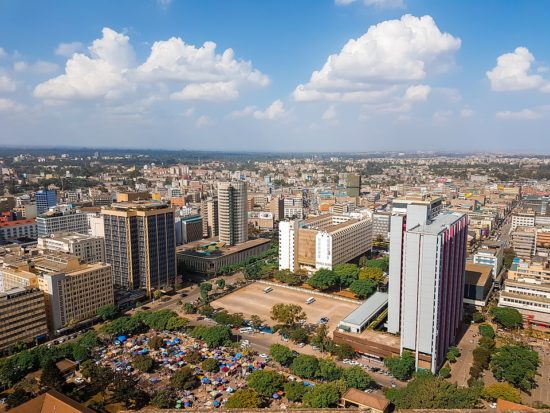Unravelling patient pathways in the context of antibacterial resistance in East Africa
A key factor driving the development and maintenance of antibacterial resistance (ABR) is individuals’ use of antibiotics (ABs) to treat illness. To better understand motivations and context for antibiotic use we use the concept of a patient treatment-seeking pathway: a treatment journey encompassing where patients go when they are unwell, what motivates their choices, and how they obtain antibiotics. This paper investigates patterns and determinants of patient treatment-seeking pathways, and how they intersect with AB use in East Africa, a region where ABR-attributable deaths are exceptionally high.
There is likely to be a reinforcing cycle between complex, repetitive treatment pathways, AB consumption and ABR. A focus on individual antibiotic use as the key intervention point in this cycle ignores the contextual challenges patients face when treatment seeking, which include inadequate access to diagnostics, perceived inefficient public healthcare and ease of purchasing antibiotics without prescription. Pluralistic healthcare landscapes may promote more complex treatment seeking and therefore inappropriate AB use.
AMR NEWS
Your Biweekly Source for Global AMR Insights!
Stay informed with the essential newsletter that brings together all the latest One Health news on antimicrobial resistance. Delivered straight to your inbox every two weeks, AMR NEWS provides a curated selection of international insights, key publications, and the latest updates in the fight against AMR.
Don’t miss out on staying ahead in the global AMR movement—subscribe now!







